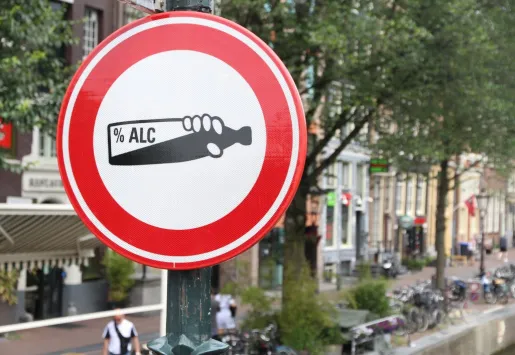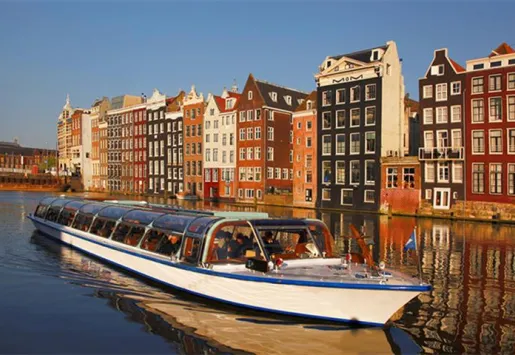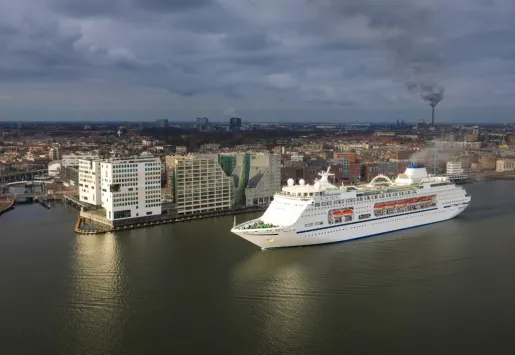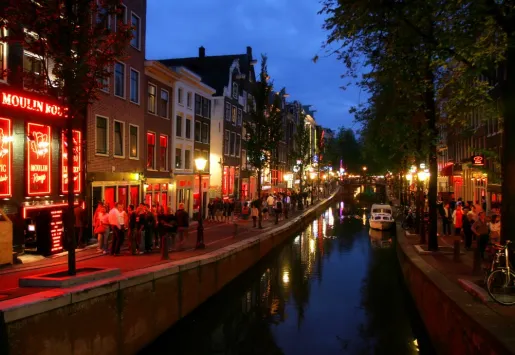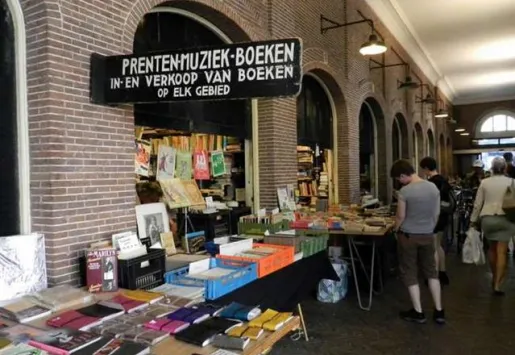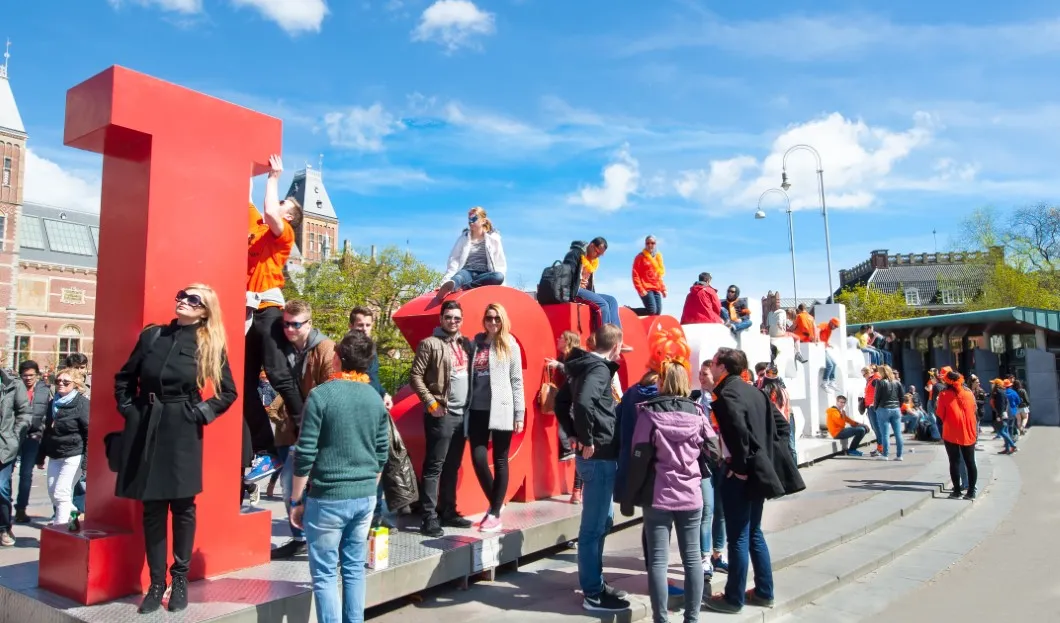
The rates of the increase in tourism numbers are enormous all-around Europe. The flow of visitors in many cities is alarming, and the citizens are fighting back. As a result, cities are also taking their first steps against over-tourism.
Amsterdam can serve as a role model which has been acting consistently against the masses of tourists in recent years.
In the previous year, the Dutch capital welcomed 18 million tourists. That was 7 million more than in 2005. In contrast, the city itself has just 850,000 inhabitants. “Enough is enough, we do not want new hotels anymore,” said Claartje van Ette, a leader of the “City in Balance” program.
Amsterdam has pulled the emergency brake and has gone with many levers. In most neighborhoods, no new hotels are approved. The same applies to tourist shops and souvenir shops.
“The shopping street must also be attractive for the residents,” says van Ette.
Together with the online portals Airbnb and Booking.com, the city has agreed on a limit for rentals of 60 days per years. Moreover, the city tax has been increased to 7% per night.
Tourism is also an economic factor. Tourists spend 6.3 billion euros per year in Amsterdam and 65,000 people work in the industry. But the priorities of the city should be clear. “Amsterdam Is not a theme park. We want to keep the city worth living for the residents,” says van Ette.
There are limits to guided Red Light District tours, beer bikes are banned from the city and tourists are also lured into the surrounding regions. The problem of cruise ships is to be solved with a new bridge, which will be created only for small ships as another step against over-tourism.
All in all, it is clear that the approach of Amsterdam could be a role model and others could be inspired in view of a more sustainable industry, safer and more attractive to all people involved.




